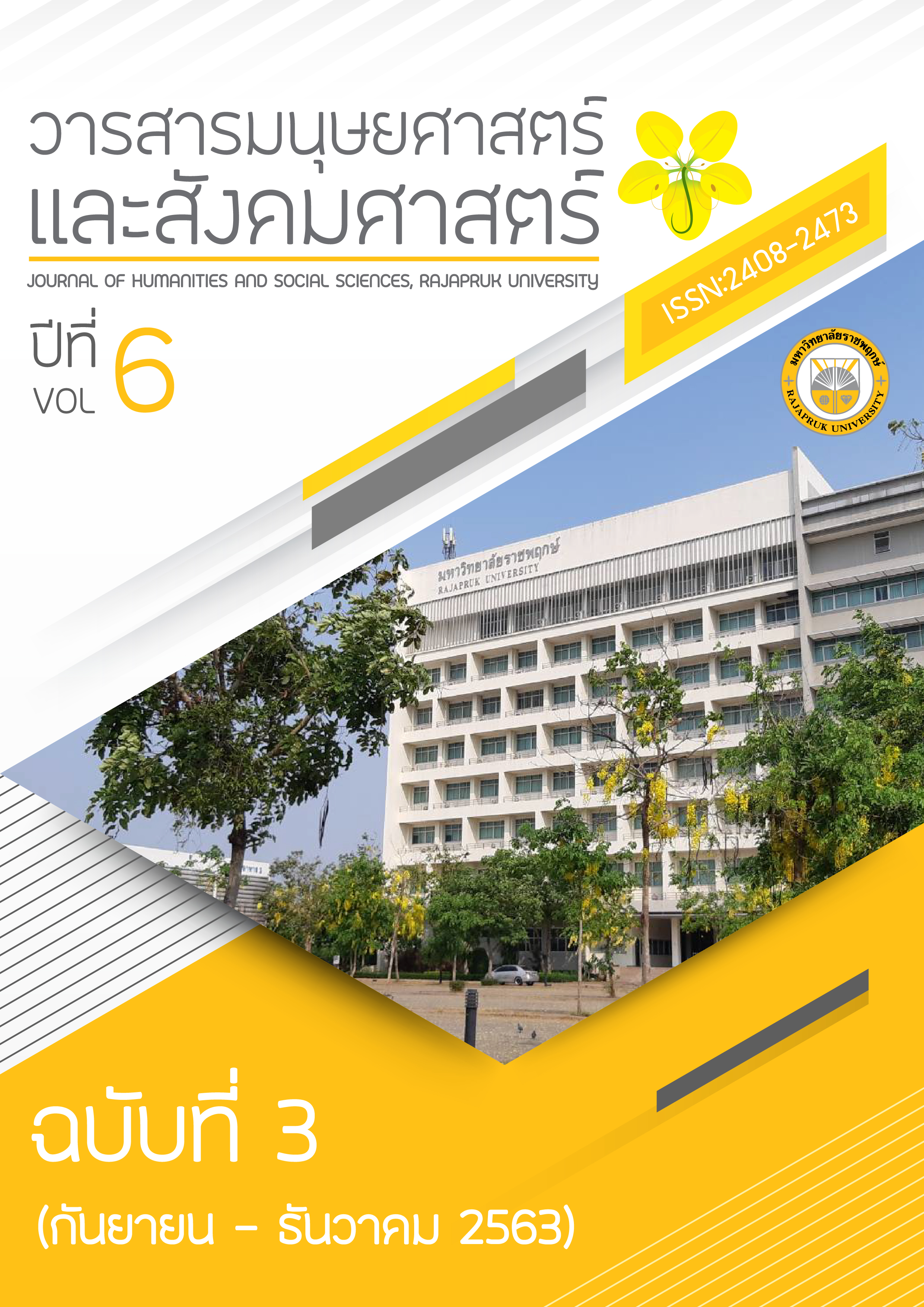The Priority Needs of the Primary Schools Management based on Lean Six-sigma Method
Main Article Content
Abstract
The purposes of this research were to study, 1) to explore the current and desirable statuses of the primary school management based on LEAN Six Sigma method, and 2) the priority needs of primary school management based on the Lean Six Sigma method. The samples for the multi-stage random sampling were 395 primary schools where the students were not over 120 in total and under the supervision of Office of the Basic Education Commission. They were 1 School Director and 4 teachers in the Administrative position at each school. There were 5 people in the individual school and 1,975 samples in total. The tool was a set of 5-points Likert-scale questionnaires. The content validity examination by the experts found that item-objective congruence (IOC)=1.00, the statistics used for data analysis were Frequency Distribution, Percentage, Means, Standard Deviation, and Priority Needs analysis ((PNIModified). The result revealed that, 1) to explore the current statuses of the primary school management based on LEAN Six Sigma method was General Management; desirable statuses Budget Management, and 2) the priority needs of the primary school management based on LEAN Six Sigma method had the ranks from the highest to the lowest were Academic Management (PNIModified=0.285), Personnel Management (PNIModified=0.271), Budget Management (PNIModified=0.264), and General Management (PNIModified=0.187) respectively.
Article Details
References
ธีระ รุญเจริญ. (2552). แนวทางปฏิบัติที่เป็นเลิศในการบริหารงานวิชาการของสถานศึกษาขั้นพื้นฐานขนาดเล็ก. วิทยานิพนธ์ปริญญาปรัชญาดุษฎีบัณฑิต ภาควิชาการศึกษา มหาวิทยาลัยศิลปากร.
พิพัฒน์ ภู่ภิญโญ. (2555). กลยุทธ์การบริหารโรงเรียนขนาดเล็กเพื่อการพัฒนาแบบก้าวกระโดด.วิทยานิพนธ์ปริญญาดุษฎีบัณฑิต สาขาบริหารการศึกษา คณะครุศาสตร์ จุฬาลงกรณ์มหาวิทยาลัย.
พรมิตร กุลกาลยืนยง. (2561). กลยุทธ์การสร้างผู้ประกอบการในองค์การ. วารสารมนุษยศาสตร์และสังคมศาสตร์ มหาวิทยาลัยราชพฤกษ์, 4(1): 1-11.
มยุรีย์ แพร่หลาย. (2554). การวิเคราะห์ปัจจัยที่ส่งผลต่อการบริหารงานประกันคุณภาพการศึกษาของโรงเรียนขนาดเล็ก. วิทยานิพนธ์ปริญญาดุษฎีบัณฑิต สาขาบริหารการศึกษา คณะครุศาสตร์ จุฬาลงกรณ์มหาวิทยาลัย.
สำนักงานเลขาธิการสภาผู้แทนราษฎร. (2550). รัฐธรรมนูญแห่งราชอาณาจักรไทยพุทธศักราช 2550. กรุงเทพฯ: สำนักการพิมพ์ สำนักงานเลขาธิการสภาผู้แทนราษฎร.
สถาบันพัฒนาครู คณาจารย์และบุคลากรทางการศึกษา. (2549). ยุทธศาสตร์การพัฒนาครูและบุคลากรทางการศึกษา ปี 2549-2551. นครปฐม: สถาบันพัฒนาครู คณาจารย์และบุคลากรทางการศึกษา.
สำนักนโยบายและแผนการศึกษาขั้นพื้นฐาน กระทรวงศึกษาธิการ. (2550). แผนพัฒนาคุณภาพการศึกษาโรงเรียนขนาดเล็ก. กรุงเทพฯ: โรงพิมพ์คุรุสภาลาดพร้าว.
George, M. L.,Rowlands, D., Price,M. and Maxey, J. (2005). The Lean Six Sigma Pocket Toolbook: A Quick Reference Guide to Nearly 100 Tools for Improving Process Quality. Speed and Complexity. USA: George Group.
Nelson-Peterson, D., L.,andLeppa, C.,J. (2007). Creating an environment for caring using lean principles of Virginia mason production system. The Journal of Nursing Administration, 37(6) June: 287-94.


